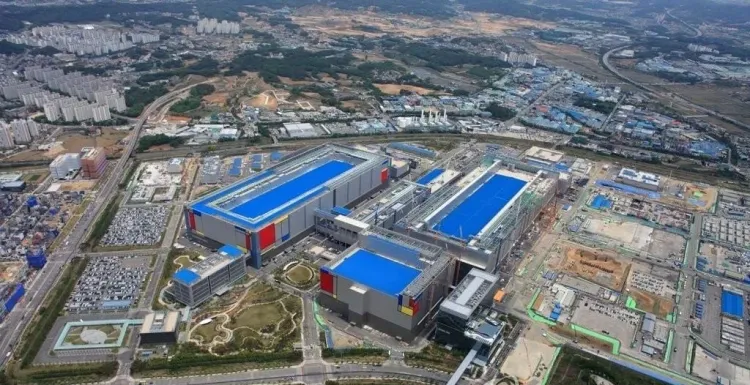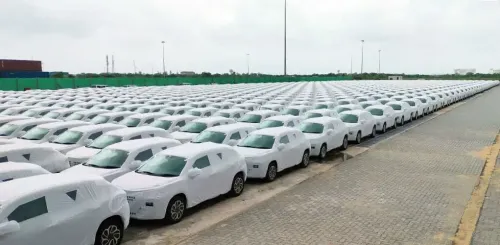How Did South Korea's Industrial Output Fare in September?

Synopsis
Key Takeaways
- Industrial production rose by 1 percent in September.
- Semiconductor output surged by 19.6 percent, the highest increase since March 2023.
- Retail sales declined for the second month but at a slower rate.
- Facility investment increased by 12.7 percent.
- Automobile production fell by 18.3 percent, indicating market challenges.
Seoul, Oct 31 (NationPress) South Korea's industrial output saw an increase in September compared to the previous month, primarily fueled by strong semiconductor production. However, retail sales experienced a decline for the second month in a row, as reported on Friday. According to the Ministry of Data and Statistics, industrial production rose by 1 percent last month relative to August, as conveyed by Yonhap news agency.
In contrast, retail sales, which serve as an indicator of private spending, dipped by 0.1 percent month-on-month. On a brighter note, facility investment surged by 12.7 percent, recovering from an earlier decline in August.
The overall increase in industrial output was propelled by a 1.8 percent growth in the service sector. Gains in wholesale, retail, finance, and insurance sectors helped to counterbalance losses in arts, accommodation, and food services.
Conversely, the mining and manufacturing sector, viewed as the economy's backbone, saw a decrease of 1.2 percent month-on-month. Nonetheless, semiconductor production skyrocketed by 19.6 percent, marking the highest monthly growth since March 2023, when it rose by 26.5 percent.
On the other hand, automobile production dropped by 18.3 percent, representing the most significant monthly decline since May 2020. "This decline reflects a base effect," stated Lee Doo-won, a ministry representative, regarding the downturn in auto production. "Overall, both domestic and export volumes remain robust."
Retail sales continued their downward trajectory for the second month in September; however, the pace of decline significantly lessened from the 2.4 percent drop noted in the prior month. This ongoing trend hints at a potential slowdown in consumption following temporary spikes earlier this year when the government provided cash incentives under a supplementary budget to encourage spending.
Sales of semidurable goods like apparel fell by 5.7 percent, while nondurable goods, including cosmetics, experienced a slight 0.1 percent decrease. In contrast, durable goods sales, such as home appliances, increased by 3.9 percent.
Facility investment saw a notable increase, driven by strong machinery purchases for semiconductor production and transportation equipment. "The semiconductor sector's exceptional performance has significantly boosted related facility investments," emphasized Lee, pointing out a remarkable 28 percent rise in machinery for semiconductor manufacturing.









